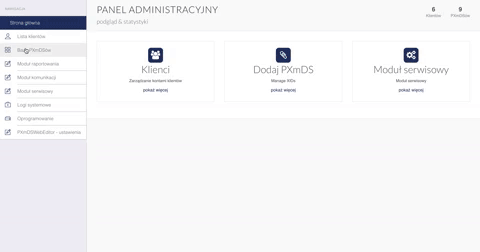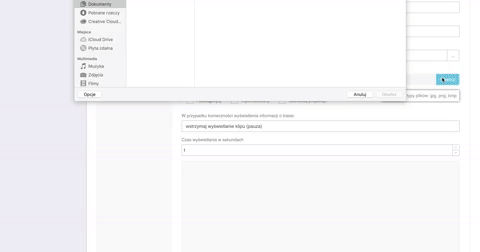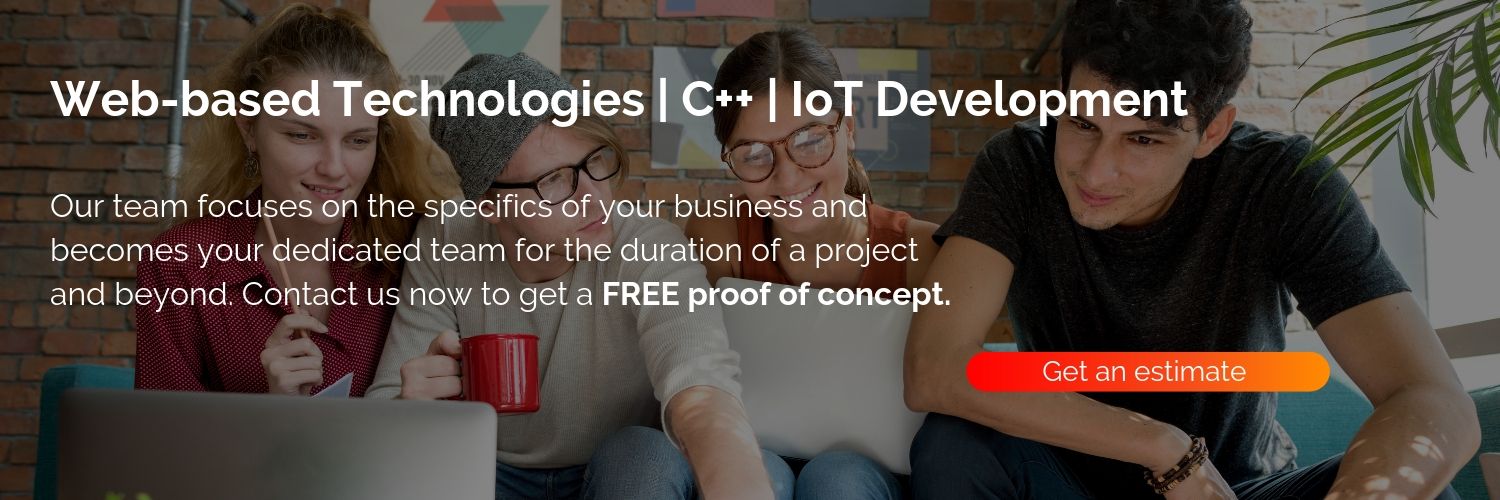Our client for this project is a company that specializes in passenger information systems. Their devices are being used in many public transport vehicles in Poland and across the Europe. One of their products are digital displays. They needed a software for public transportation displays that will help them and their clients better digital signage management and that’s how XID Manager was created.
USB updated content and hundreds of displays can be a struggle
Old XID displays were autonomic which means that every single one of them had a computer inside. It was extremely expensive and unnecessary. Before developing software for public transportation displays the company had to:
- Update software manually on every display separately after selling them across the whole Poland.
- Change content for their clients. Because graphics were .xml there was a programming knowledge needed to make any change.
- Hire extra stuff to manage repairs. Since the displays were autonomic, there was no system that would inform about an issue with the display. It often took a few days for their client to realize that the display was down. Because there was no way to check what was wrong remotely, the company had to send a person to check it every time there was an issue.
That’s why the company decided that they want to start selling monitors alone.
What Were The Main Requirements?
- Creating a content editor for passenger information that doesn’t require programming knowledge
- Creating a logic connection between components in content editor and data placed in an onboard computer
- Developing Content Management System (CMS) to allow remote management over all of the displays both for clients and Pixel
- Allowing clients to sell advertising space and creating billing system for it
- Developing an editor of advertising scenarios
Chosen Technology
The whole project was developed in Web Technology. We used microservices architecture to maximize the reliability of the communication with onboard computer.
The project required full-stack development. Backend was developed in PHP Symfony. We had chose this technology because of its elasticity and the number of components available like users authorization, Linux connection, logins management etc.
For a front-end of back office we used Angular. What was important was that the user won’t have to deal with page reloading. Angular also provided easy development.
Front-end of content editor was developed in Fabric.js. It allowed generation of SVG – Scalable Vector Graphics.
What functionalities were developed?
Back office:
- All of the displays are connected to the network and managed from a back office
- Remote software update and informations about which software is on which displays
- Recreating a tram/bus barn structure (grouping logic) in XID Manager
- Grouping monitors into vehicles, vehicles into logic groups (line numbers, types of vehicles)
- Updating all of the displays at once or only chosen logic groups
- Remote diagnostic

Content Editor
- Creating a WYSIWYG type of editor that allows content creation using Drag and Drop technique
- Components are connected to data from onboard computer which allows creating Dynamic Digital Signage
- Simulator of content that uses mockup data and shows how the project will look like with the data from onboard computer
- Import and export of projects
- Repository of projects
- One-click deployment
Advertising Management
- Ability to upload and create advertising scenario
- Automatic conversion of a video material to optimal resolution because of displays limits
- Conversion of a video material to the format operated by the display
- Billing system and tariff differentiation
- Managing advertisers database
- Connecting advertisers to their advertisements
- Daily billing reports generated and saved on the server that shows which advertisement was displayed and on which tariff
- Monthly report can be send from back office onto advertisers mail box
- Creating conditionals what happens when the advertisement is stopped due to higher priority of passenger information. The ad can be paused and continued, restarted or ended and not be charged for.

What was challenging?
Software for public transportation displays required a lot of specific knowledge on the ways transportation systems work and methods of public transportation management in big cities. Moreover, it had to be extremely elastic to be able to use in many different cities.
XID Manager was designed and developed by BoostHigh from nothing. Creating a detailed project documentation was the key to the success of the project.
The biggest challenge were the limited capability of displays. Because of it, we had to create extra functionalities like for example conversion of a video material to the optimal resolution.
Because of the scale of the project we had to prepare detailed user’s manual as well as manual for our client.
Final Result
Thanks to developing software for public transportation displays we were able to limit the number of notifications from clients. They were able to implement content changes independently and much faster.
Moreover, both the company and its clients have access to real-life data on the condition of the displays. This maximizes the up time of devices and allows fast reaction on the issues.
Last but not least, the company was able to limit the expenses. Its monitors were no longer fully equipped computers and features of XID Manager limited the amount of work for service team. They also created a new opportunity for its clients to generate extra profit from advertisements.
Summary
Software for public transportation displays was challenging but definitely successful. We’ve learned a lot from it and get to know public transportation industry on an extremely deep level.
Creating data based WYSIWYG has allowed us to show our programming skills and test ourselves in a big project.








